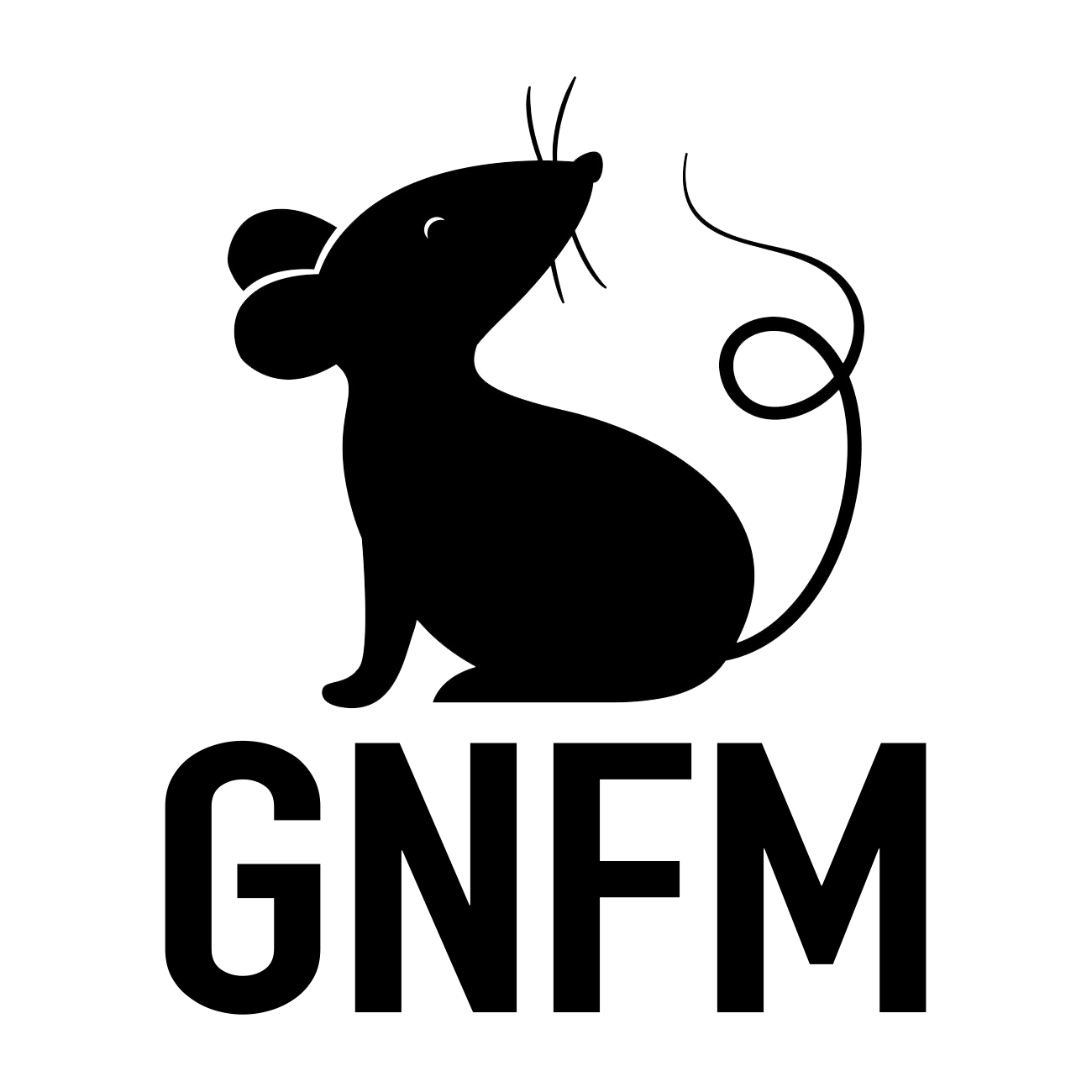Hashish (marihuana), the psychotomimetically active resin of the female flowering tops of Cannabis sativa L. is one of the most widely used illicit narcotic drugs. A number of groups have reported the isolation of active constituents . 2. Most of these substances are not fully characterized, and comparisons with or between them are difficult.
We now wish to report the isolation of an active constituent of hashish to which we assign structure I ( 1- 3,4-iraws-tetrahydrocannabinol).3 This is the first active component whose constitution is fully elucidated.4
Chromatography of a hexane extract of hashish on Florisil yielded an active fraction, which on repeated chromatography on alumina could be separated into the inactive cannabinol (II)2a and the tetrahydrocannabinol (I). Further purification of the latter was achieved by the preparation of the crystalline5 3,5-dinitrophenylurethane of I [m.p. 115-116°, [a jCHC,iD —140°; Anal. (C28H33O7N3). Found: C, 64.17; H, 6.54], followed by mild basic hydrolysis to the pure tetrahydrocannabinol (I) [b.p. 155-157° (0.05 mm.); „1 300 µ (sh) (e 840), 282 (e 2075), 278 (e 2040), [u]CHC!sd -150°; Anal. (C21H30O2). Found: C, 80,20; H, 9.55. ]. Purity was established by chromatoplate and by vapor phase chromatography. The tetrahydrocannabinol as obtained in the initial chromatography is not isomerized in the subsequent reactions. This was shown by the infrared and n.m.r. spectra, which remained unchanged during all purification steps, except for the disappearance of bands due to small impurities consisting mainly of cannabinol. Sulfur dehydrogenation of I gave cannabinol (II) in practically quantitative yield. This reaction defines the -carbon skeleton of I.
The n.m.r. spectrum of I (see Table I) shows the presence of only one aliphatic methyl group and of three methyl groups which are either a to an oxygen or are olefinic. This observation places the double bond in the 1 or 1(6) position. It is of interest to compare the chemical shifts of the C-2 and C-3 protons in tetrahydrocannabinol (I) and in cannabidiol6 (III). The olefinic proton in I ( 6.35) is unshielded as compared to that in III ( 5.59), while the reverse relationship exists as regards the C-3 protons (I, 3.14; III, 3.85). This can be readily understood by examination of molecular models of these two compounds. In cannabidiol, the aromatic ring, which can rotate freely, is most probably in the same plane as the C-3 hydrogen, which is therefore unshielded.7 In tetrahydrocannabinol the additional ring tilts the aromatic ring, so that the latter is now in (or nearly in) the same plane as the olefinic proton, which is therefore unshielded. Such an effect is possible only if the double bond occupies the 1 position and the protons on the two asymmetric carbons are irons, i.e., if tetrahydrocannabinol possesses structure I.
This structural determination is supported by a partial synthesis. A solution of cannabidiol (III) in absolute ethanol containing 0.05% hydrochloric acid on boiling for 2 hr. gives a mixture of the starting material and I. It can be assumed that these rather mild conditions cause no isomerization of the asymmetric centers or of the double bond.
Tetrahydrocannabinol (I) shows strong activity in the ataxia test8 in dogs. A full report will be submitted elsewhere by Dr. H. Edery.
Acknowledgments. — We are indebted to Prof. F. Sondheimer for his kind interest and encouragement, to Dr. Y. Shvo for the n.m.r. spectra, to Dr. H. Edery of the Israel Institute for Biological Research for the biological tests, and to the Israeli Police for the supply of hashish.
The Daniel Sieff Research Institute – Y. Gaoni
Weizmann Institute of Science R. Mechoulam
Rehovoth, Israel
- Hashish. Part III; for part II, see Y, Gaoni and R. Mechoulam, Proc. Chem. Soc., in press
- For a review of the early publications see: (a) A. R. Todd, Experientia, 2, 55 (1946). For more recent work see: (b) F. Korte and H. Sieper, Ann., 630, 71 (1960); (c) R. S. de Ropp. J. Am. Pharm. Assoc., Sci. Ed., 49, 756 (1960).
- (3) The hashish investigated by us contains a single tetrahydrocannabinol. Most previous reports suggest the presence of mixtures of isomers.
- (4) It has been generally accepted that the active constituents are isomers of I, the position of the double bond and the stereochemistry of the asymmetric centers remaining undefined: cf. ref. 2a; also. E. C. Taylor and E. J. Strojny, J. Am. Chem. Soc., 82, 5198 (1960).
- G. Powel, M. Salmon, T. H. Bembry, and R. P. Walton [Science, 93, 522 (1941) ] have described the preparation of a crystalline 3,5-dinitrophenylurethane (m.p. 216°) of an active hashish constituent. This report has not been confirmed, and since then no other crystalline derivative seems to have been described. It is possible that Bowel’s compound was an impure sample of the 3,5-dinitrophenylurethane of cannabinol (m.p. 233- 234°).
- R. Mechoulam and Y. Shvo, Tetrahedron, 19, 2073 (1963).
- L. M. Jackman, “N.M.R. Spectroscopy in Organic Chemistry,” Pergamon Press, New York, N. Y., 1959, p. 125.
- S. Loewe, Arch. Exptl. Pathol. Pharmakol., 211, 175 (1950)
